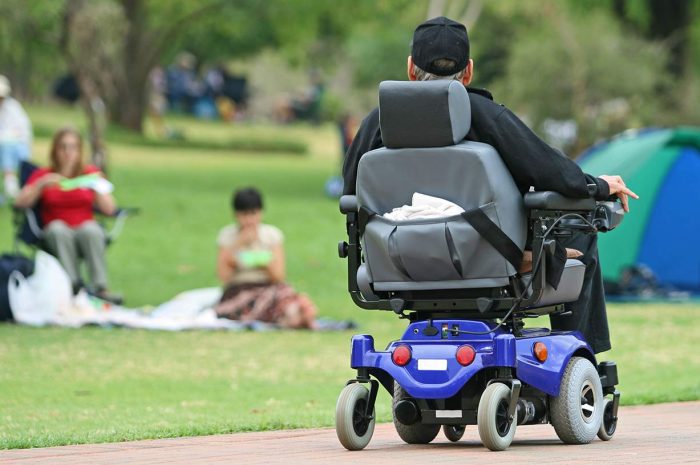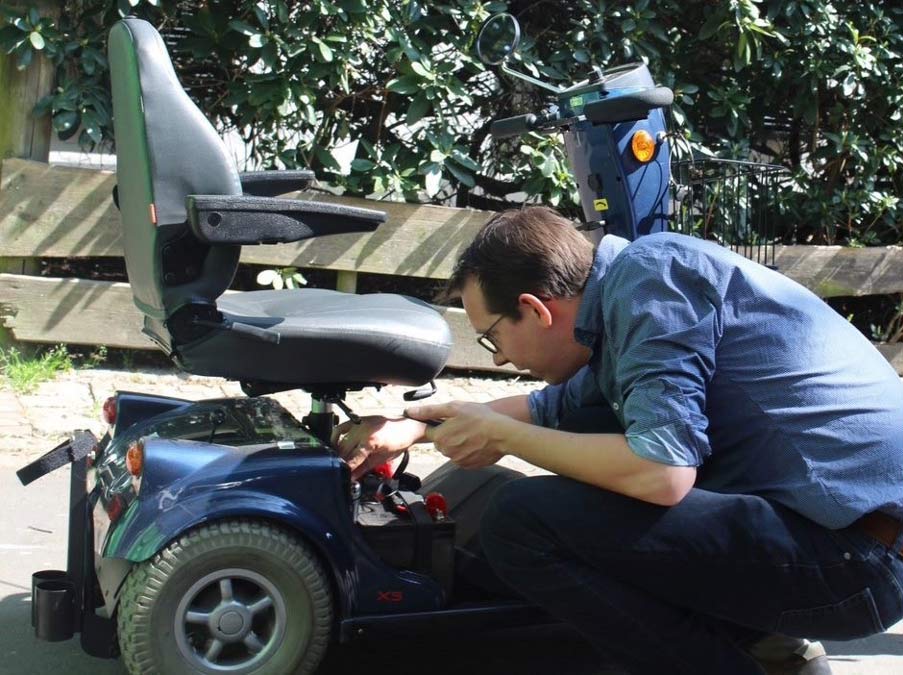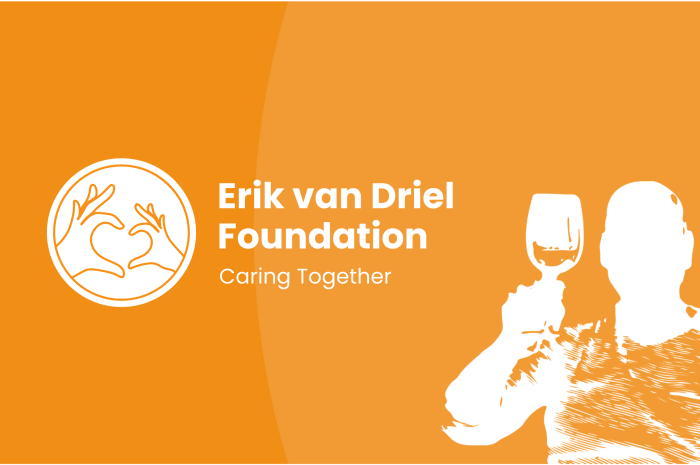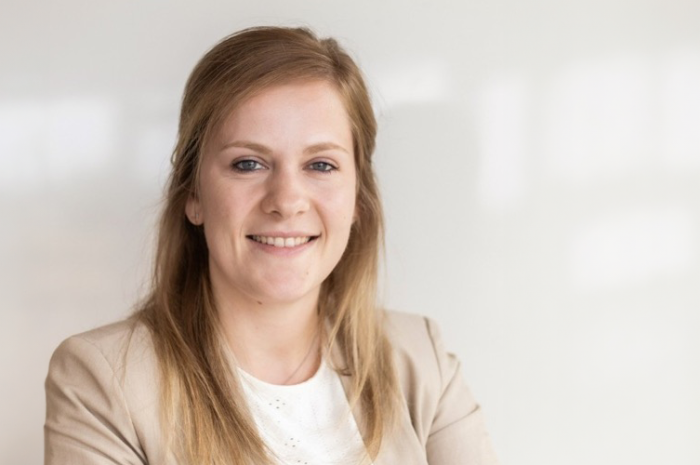Imagine if we connected all the mobility scooters in the Netherlands to the Internet of Things. What valuable data would that provide? As a group of colleagues, we locked ourselves away for four days to investigate this.
We used our contacts to source a written-off (but functional) mobility scooter to experiment with. We used a range of sensors to collect data from the mobility scooter and transmitted it to the cloud. Then, we worked on smart insights, dashboards, and predictive models. We managed to put all this information into an app for the user and the mechanic. And we achieved all this within four days! Read on below to find out about the steps we took.
Step 1: Start with the answer
What problem do we want to solve and for whom? We first had to take a step back before we could proceed at full speed.
Data driven, people centric
Naturally, as people working in IT, tech is what we live and breathe. But this Labs project is ultimately not about the cloud, artificial intelligence, or the Internet of Things – it’s about people. So the main focus of the question is: how can we do something with this data that is of value to mobility scooter users? For this reason, we first studied the mobility scooter, its users, and other stakeholders before we began looking at the technology.
After a short brainstorming session, we concluded that many parties are directly or indirectly involved with mobility scooters and that the data we are going to collect can therefore be put to valuable use in various ways. Without extensive field research, we quickly identified the following target groups: users, informal carers, nurses, GPs, care institutions, suppliers of tools/devices, maintenance mechanics, breakdown assistance, the manufacturer, insurance companies, municipalities, the Dutch Ministry of Health, Welfare and Sport, and the Dutch Traffic Safety Association.
The needs of the different target groups vary. Users have practical questions about everyday use. Informal carers, nurses, and GPs mainly want to know whether the patient is doing well. If the mobility scooter has been left unused for a few days, this can be an indication that someone is suffering from loneliness or that something else is going on. Insurance companies and municipalities that pay for the use aim for cost reductions and the most efficient use of resources. Maintenance mechanics and breakdown services want to know how the mobility scooter is used.
Focus for this project
We chose to focus on three groups: users, maintenance mechanics, and suppliers. Following this, we could (finally) start working with the technology.
Step 2: Making a dumb device ‘smart’
Mini-computers and sensor data
To make the mobility scooter ‘smart’, we used two mini-computers for this project: an Arduino and a Raspberry Pi. These are relatively cheap devices which are well-suited for use in prototyping. You can expand them with a range of sensors and program your own software on them.
The sensors were the key to collecting data. Using GPS, we could determine the exact location and speed of the mobility scooter and measure how full (or empty) the battery was at any time. Using an accelerometer, we could determine whether – for example – kerbs were mounted too fast and whether the mobility scooter had fallen over.
Connecting to the cloud via narrowband internet
The software allows us to record and process the signals from the sensors and then send them to the cloud as data. But via which network? While connecting via Wi-Fi is easy, it is not very practical. This would mean first needing to connect the mobility scooter to a local Wi-Fi network; however, such connections are not always available when you are at the side of the road with a flat tyre.
We have therefore chosen a ‘narrowband’ internet connection especially for IoT devices. This is a nationwide network over which only a limited amount of data can be sent. This permitted data limit was more than enough to send the sensor data from our mobility scooter.
Ready to collect data
Once it was equipped with a minicomputer, sensors, our software, and a narrowband internet connection, we could take our scooter onto the streets to actually measure usage as well as generate and send data to the cloud, so that we move to the next step: collecting data via the Azure IoT Hub.
Step 3: Gather the data centrally in the Azure IoT Hub
There are approximately 250,000 active mobility scooters in the Netherlands. If they are all equipped with sensors to generate data 24/7, it would be easy to speak of ‘big data’ that we want to collect at a central location.
That is why created an isolated environment (tenant) with Microsoft Azure, in which we could experiment freely, for this project. In this isolated environment, we then activated the Azure IoT Hub, which is a type of central mailroom to which all messages can be sent. Each mobility scooter connects to it and periodically sends its data. This data is received and distributed in the cloud. The IoT Hub enables us to offer the received data as a source to multiple services, such as Product Insights.
Secure, reliable, and scalable
We chose Azure IoT Hub because of the requirement to be able to communicate securely and reliably with hundreds of thousands of devices that need to be authenticated individually. The IoT Hub is scalable, includes built-in device management functionality, and provides a secure communication channel as standard. The IoT Hub also allows us to send commands to the mobility scooter, or to perform automatic software updates.
Where is all that data kept?
As data is currently seen as the new oil and the expectation is that in the future we will be able to get even more value out of the same data, it is important to store all non-personal data. All telemetry data from the mobility scooter that we receive in the Azure IoT Hub is therefore stored directly in Azure Blob Storage. This is a cheap way of storing data in the cloud for the long term, so that we can use it again at a later date.
Azure Digital Twin
We also used the Azure Digital Twin. A Digital Twin is an ever-present digital copy of the IoT device. Because the Digital Twin is always present, other applications and processes can exchange data with the IoT device, regardless of whether it is online or not. When an IoT device comes online at the Azure IoT Hub, the Twin’s data is synchronized with it. This allows the IoT device to receive new instructions or data and the Azure environment to have the latest data from the IoT device.
Ready for the next step: data analysis
Now that we have generated data in the mobility scooter and collected it centrally for all mobility scooters, we are ready for the next step: processing and analysing the data.
Step 4: Create insights, predictions, and actions from big data
From data to intelligence
In this Labs project, we worked with Microsoft Product Insights. Microsoft began using this data platform internally years ago to collect data, for example, from all Xbox game consoles.
In Product Insights, we were able to collect all telemetry data from the mobility scooters and thus gain insight into how they are used. With the use of a number of dashboards, we were able to visualize the usage and monitor it centrally.
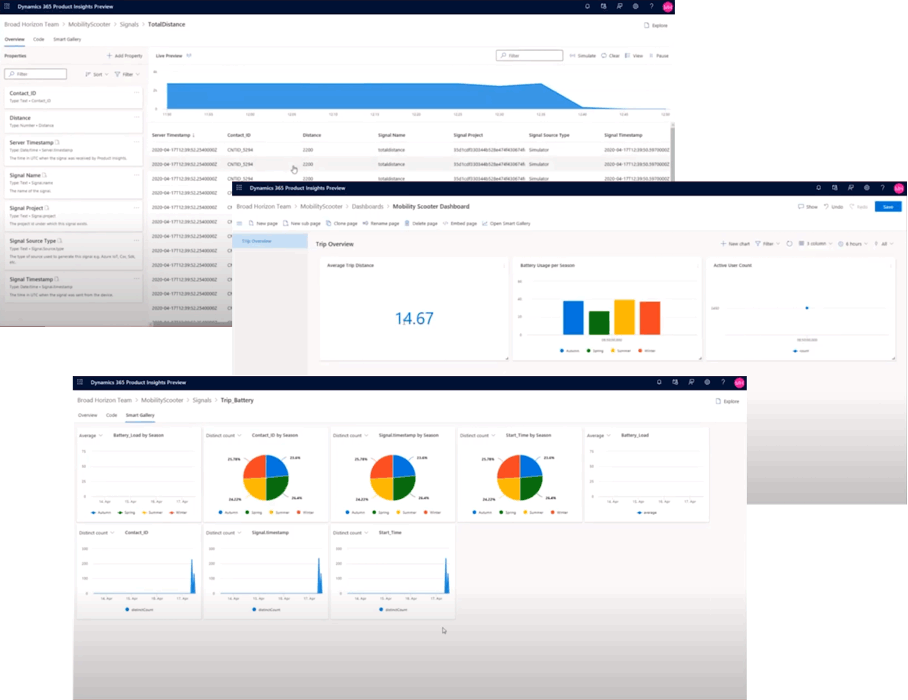
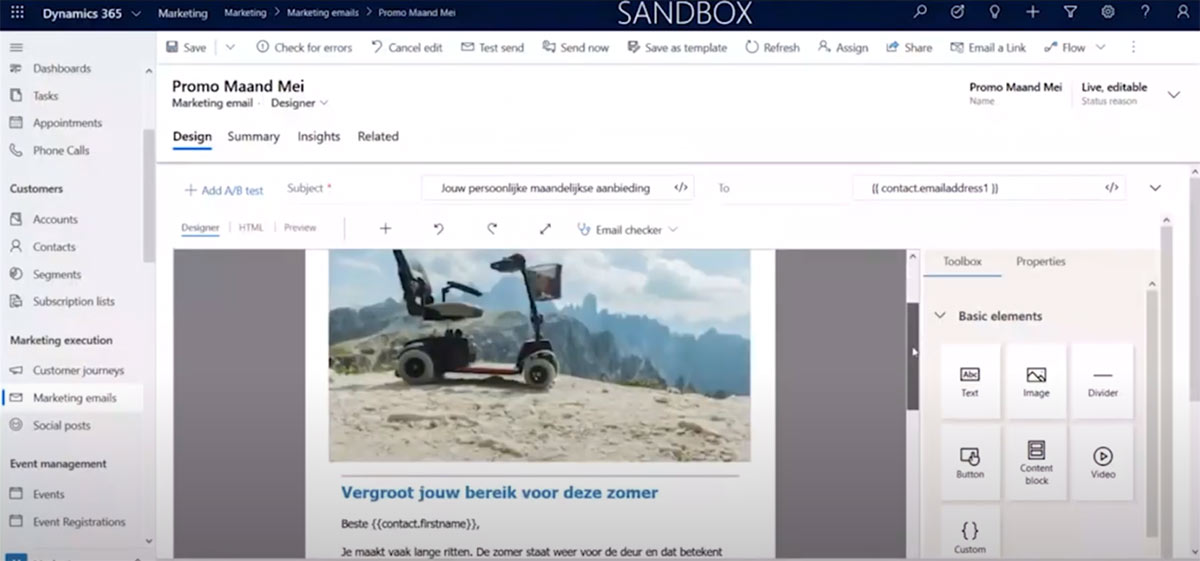
Information from Product Insights could also be used in the Microsoft Customer Insights Platform. This allows the marketing and service departments, for example, to work in a very customer-specific way. For example, in combination with the customer journeys in Dynamics 365 Marketing, people who often almost empty their device’s battery can receive an offer for an extra-large battery, or a maintenance appointment can be scheduled fully automatically when a mobility scooter reaches a certain mileage. These are only two examples of using IoT to deliver additional value and reduce costs.
Privacy-by-design
We speak of ‘privacy by design’ because the data of the mobility scooters remains separate from the customer data on a technical level. As an example, this means that although we have recorded the GPS locations of each mobility scooter in Product Insights, we do not know who is using the mobility scooter. In other words, all data is anonymous. Conversely, we can work in Customer Insights in a person-oriented way, but in that environment we have no details of the mobility scooter. So we can work with profiles and patterns, but that is the limit. Naturally, this is a prerequisite for any data-driven project – especially in the medical world.
Ready for the final step: back to the users
We are ready for the final step, in which we make the insights and actions usable for a range of target groups: an app!
Step 5: An app for users and mechanics
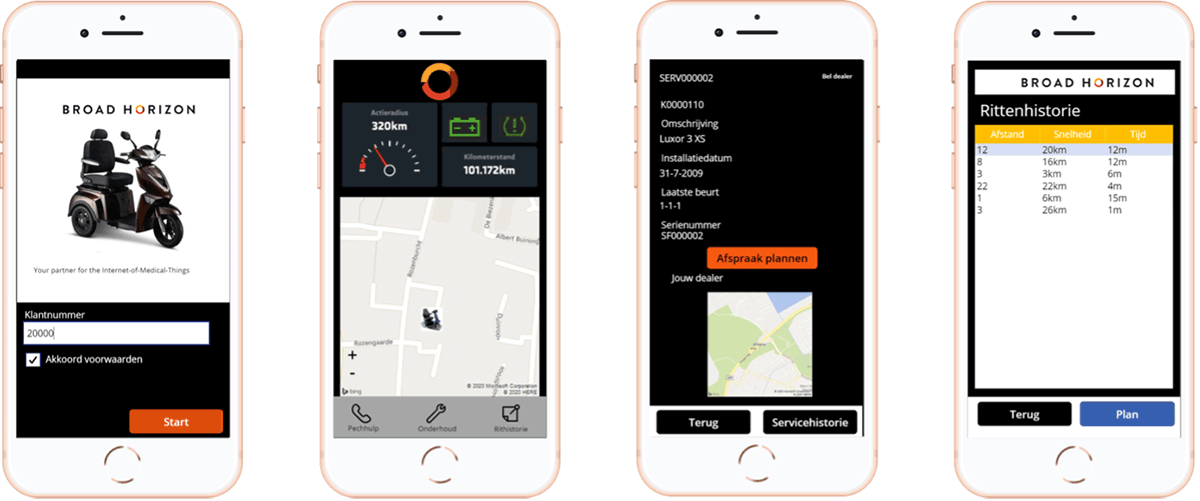
Apps for lease cars were our source of inspiration. We are familiar with that world, and this knowledge seems largely translatable to mobility scooters as well. For example, you can look up general information such as the odometer reading without first starting up the mobility scooter or you can check the map to see where you parked your mobility scooter. There is also a ‘roadside breakdown’ button, which immediately calls roadside assistance if you have a flat tyre or the battery of your mobility scooter dies. Additionally, we have expanded the app with a functionality similar to that of ‘Strava’ to track journeys. The idea behind this was that users could be encouraged to go outside more through gamification principles.
We have linked the app to the underlying ERP system, so that you can always consult the entire service history and can immediately schedule a new maintenance appointment.
And now? The next step…
In this project, we looked at what we could achieve in four days concerning the Internet of Medical Things. In this case, we have focused on mobility scooters, but the same things that are possible with a mobility scooter can naturally also be done with other medical aids such as wheelchairs, hospital beds, or prostheses. The possibilities are endless. Do you have a problem that could perhaps be solved with the IoT, or do you have an idea yourself but do not know how it can be put into practice? Please contact me or my colleagues. We would be happy to discuss this with you!
Tired of lagging behind the rest of the market? Want to get ahead of your competition? Then it’s time to partner with us. We can help you get where you want to be.
